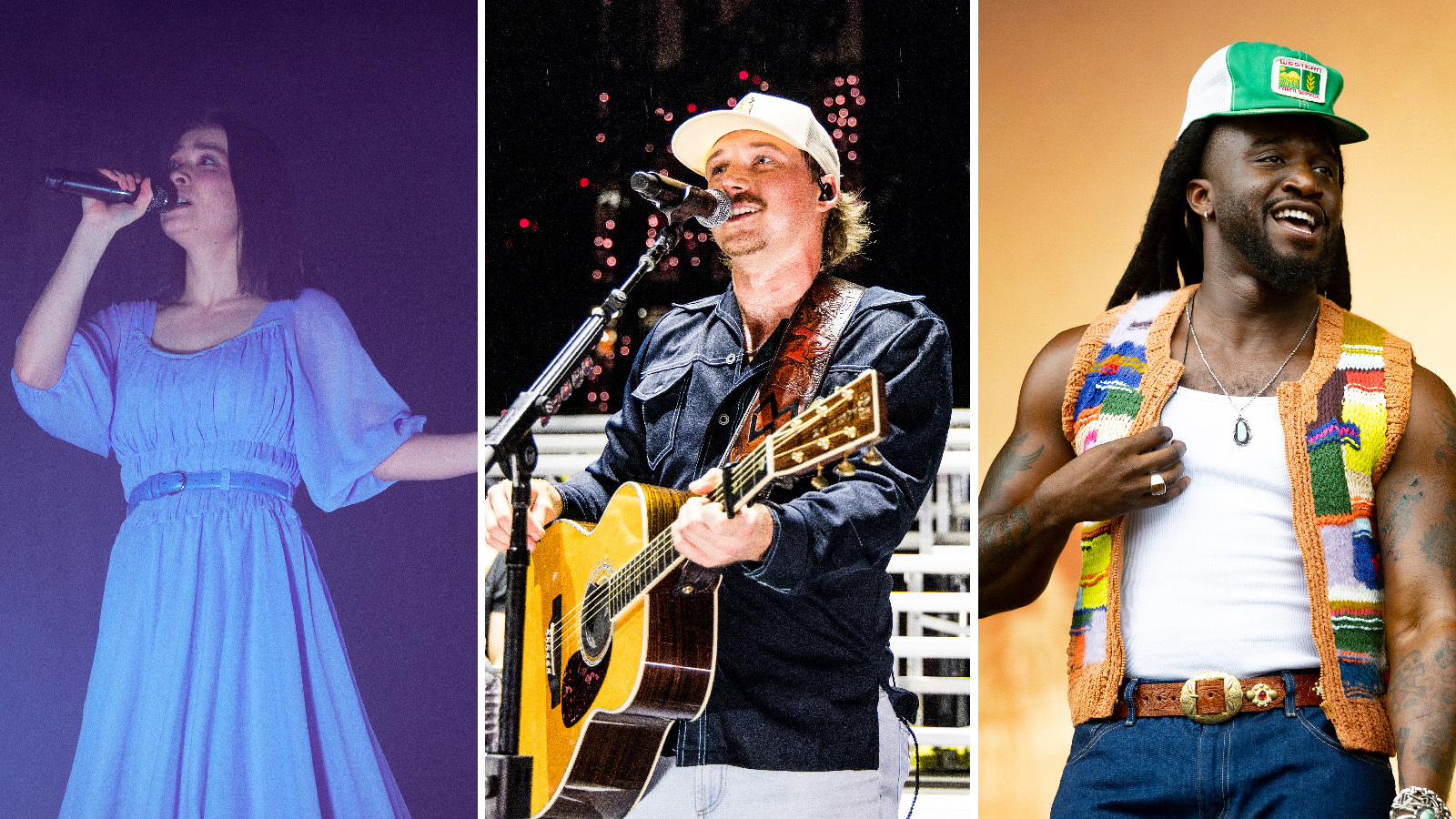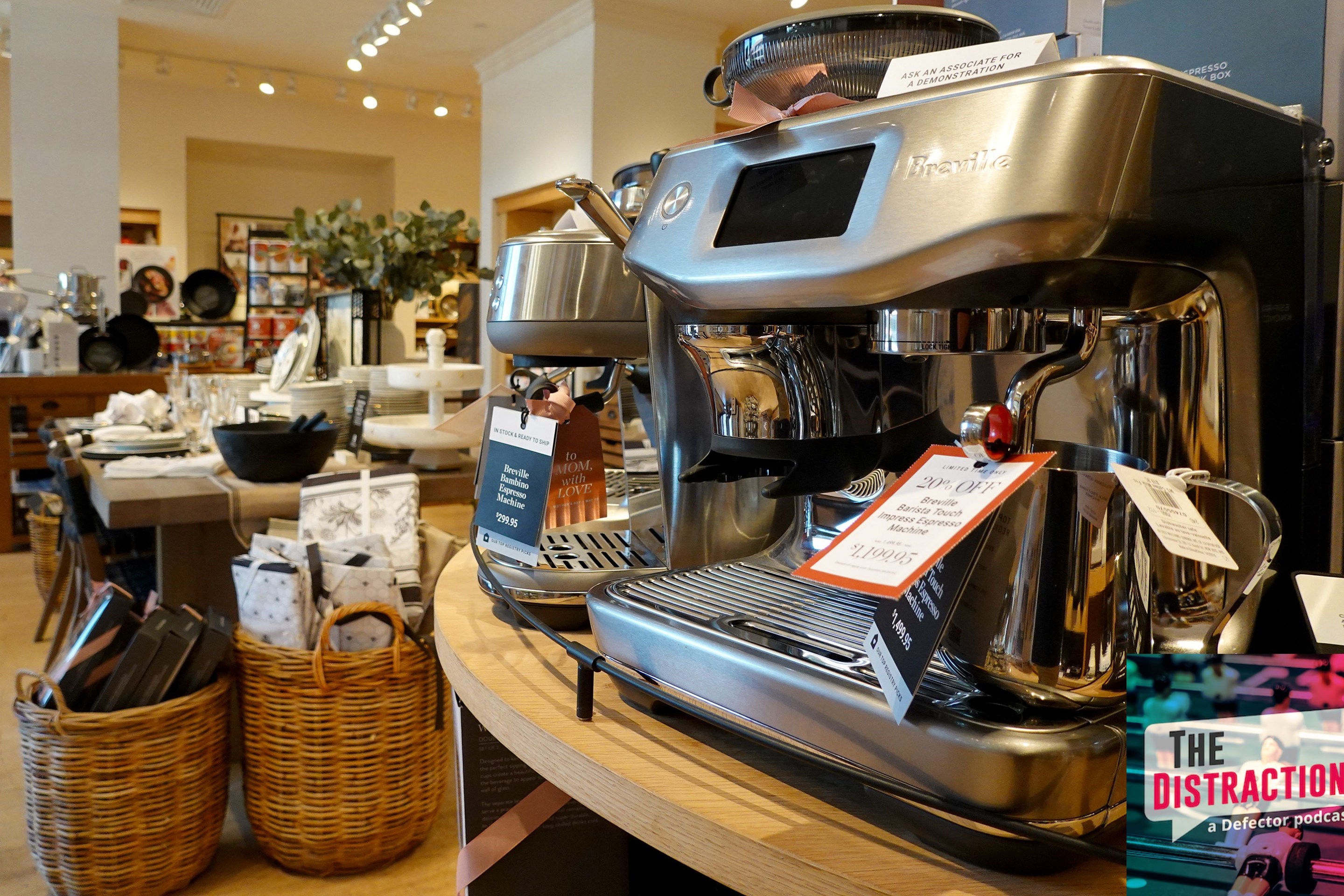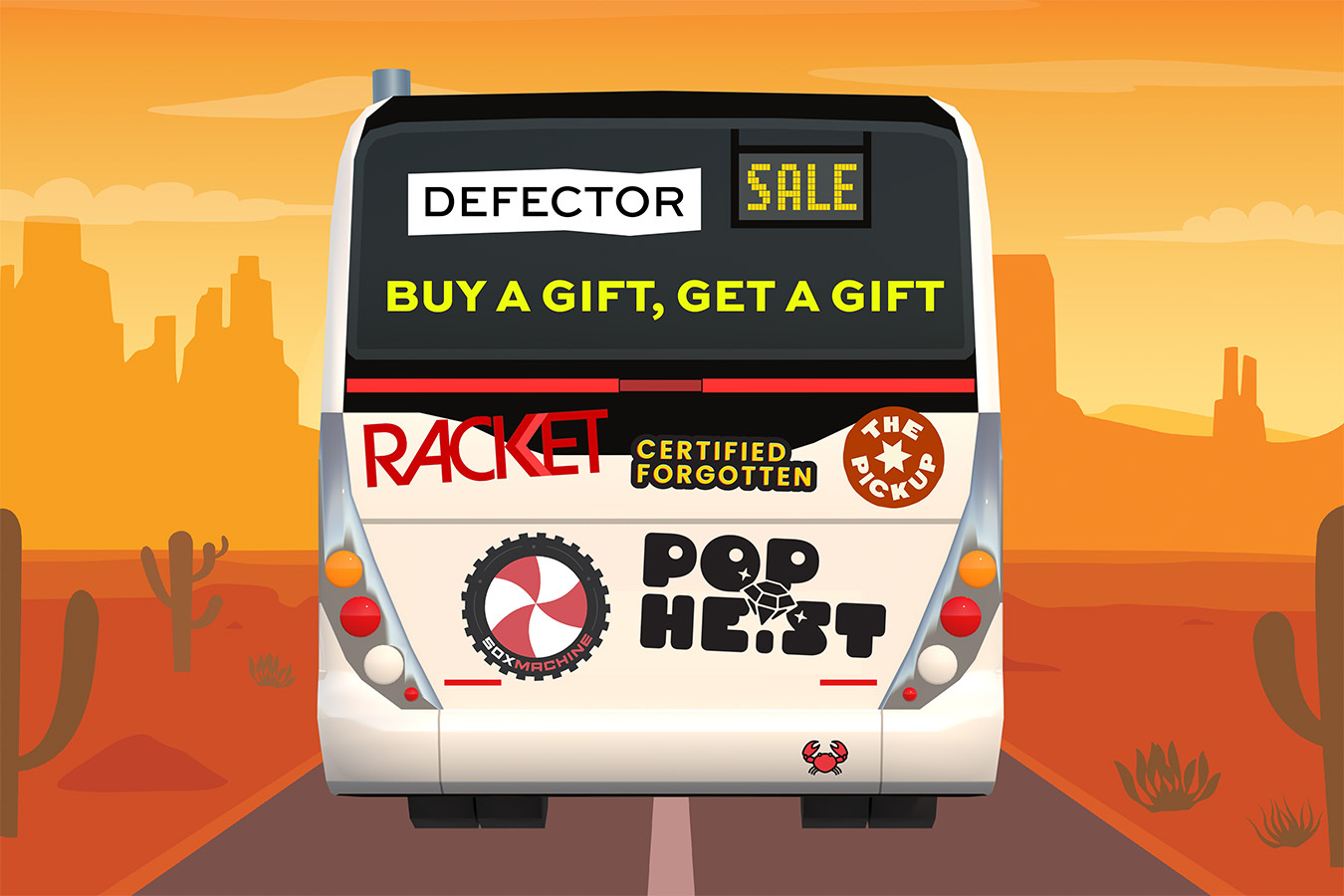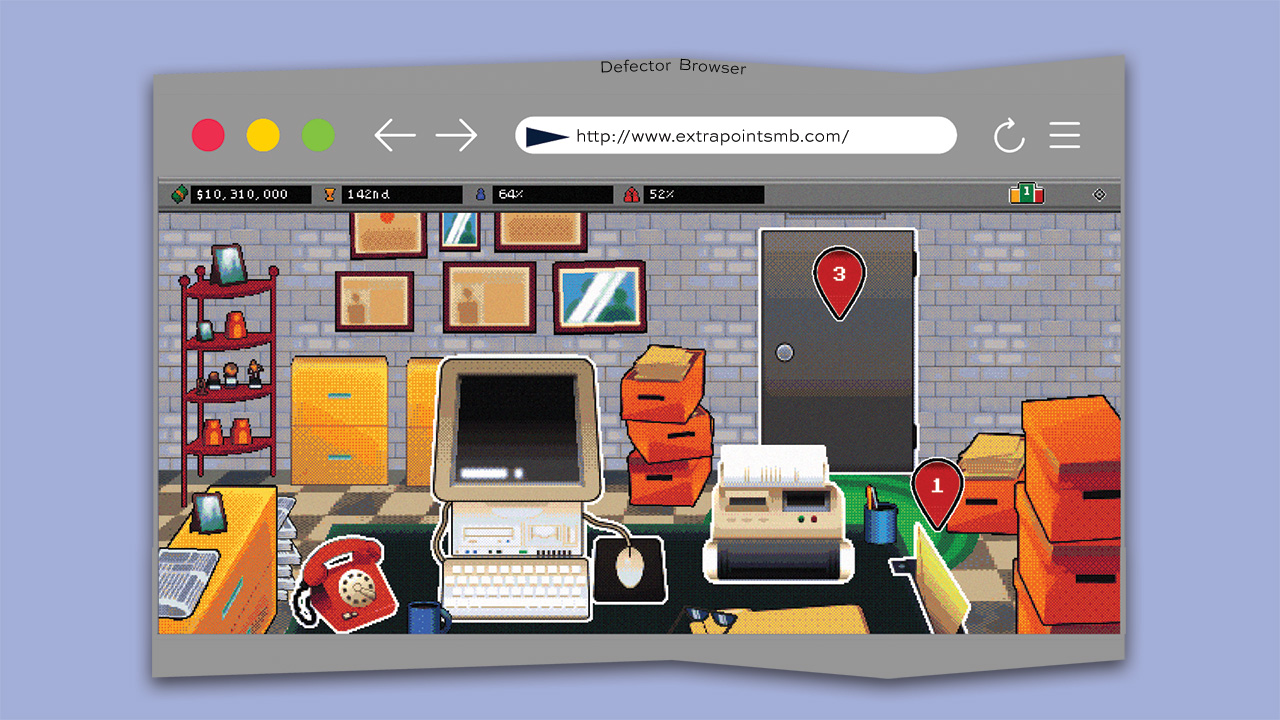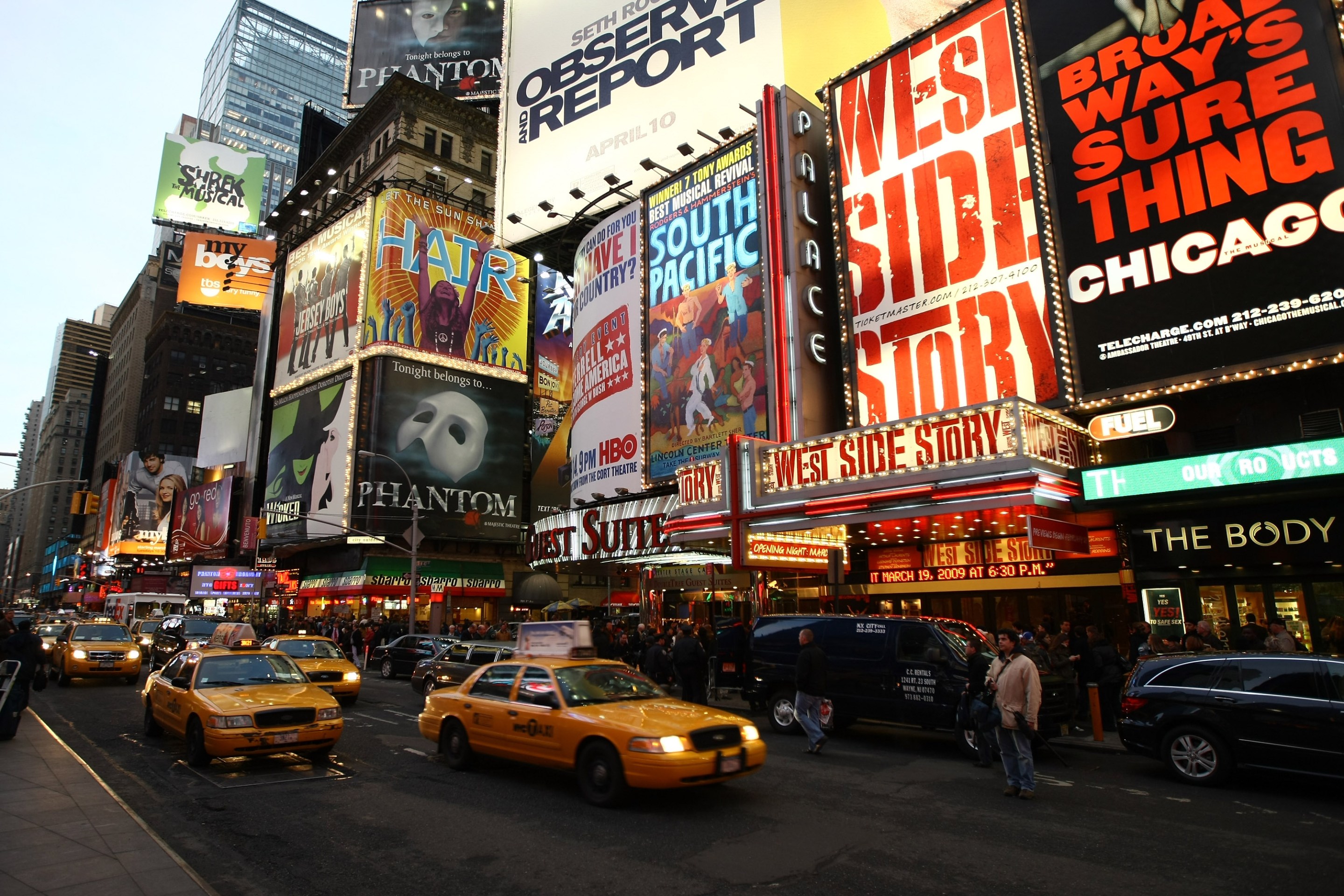In 2018, Mitski released her fifth album, Be the Cowboy. She had been putting out music that was as critically acclaimed as anything in the American indie world, and promoting it in the only way that still seemed to work: by going on tour. But with Be the Cowboy, the buzz reached a fever pitch. Tours sold out mid-size venues across the country, and her career reached a new peak, prompting reflection about where it might go next. Was there still room to grow, or would the next album cycle mean diminishing returns? Was she destined for back-to-back tours for the rest of her life?
The record’s standout was “Nobody,” a succinct, disco-inflected tune that was primed to be a crossover hit—catchy and danceable but still possessing what the kids are calling "aura," like "Lovefool" by The Cardigans did back in the '90s. This was late in the 2010s, and Mitski was far from the first artist on an independent label to take a swing at making a crossover single with mass appeal. Sadly, radio did not take notice. A 2019 New York Times interview with the program director for ALT 92.3, described as "New York City's only contemporary rock station," helped to explain Mitski's predicament. Alternative stations that, theoretically, might have been playing "Nobody" were chasing an audience that skewed male, and program directors were so worried about alienating that audience that they weren't even playing major label stars like Billie Eilish amid the typical runs of songs by Bastille or Walk the Moon. What hope did an independent artist like Mitski have?
That same month, Mitski announced a concert at SummerStage in Central Park that she said would be her "last show indefinitely." Unsure of whether or not she wanted to continue down the path she was on, she decided to take a break and try something different. She quit social media—which, it must be said, she was fantastic at—then left New York and moved to Nashville in search of a media and music ecosystem that was less centralized and corporate.
Had she had done this five years earlier, the isolation might have killed her momentum and brought her budding artist career to a premature end. Instead, her streaming numbers went through the roof despite the fact that she wasn’t touring, posting, or doing press. By 2021, when she returned to active duty with the release of Laurel Hell, it debuted at No. 5 on the Billboard 200 and led in pure sales over anything else on the chart that week. In 2023, a lilting, steel guitar-assisted ballad called "My Love Mine All Mine" even broke into the Hot 100, a feat basically unheard of for an artist on an independent label.
Reactionary, astroturfed meme songs like Jason Aldean's "Try That In A Small Town" grabbed bigger headlines, but the dominant players of the 2020s country boom rejected that insularity. Wallen has interpolated Rich Gang and collaborated with Lil Durk. Jelly Roll played the Gathering of the Juggalos nine times before he was invited to play the Grand Ole Opry even once. Left-of-center troubadours like Zach Bryan and Tyler Childers, who would have struggled to get mainstream radio play a decade earlier, have become regular fixtures on the Billboard charts.
Mitski was not the only Nashville resident whose fortunes changed in the years that followed. For decades, country music had been just as much of a backwater as indie rock, where even the buzziest new artists struggled to break out of what seemed to be a shrinking niche. Graduates of the Nashville ecosystem like Taylor Swift and Miley Cyrus essentially had to defect to an entirely different genre in order to escape. In the early 2020s, though, something shifted. Morgan Wallen's Dangerous: The Double Album became the No. 1 album of 2021, putting him in the same league as Drake and Adele. Luke Combs scored a rare four-quadrant crossover hit with a faithful cover of Tracy Chapman's "Fast Car," which did well enough to lure Chapman out of retirement for a one-off Grammys duet.
When Mitski moved to Nashville to get away from it all, she found herself at the epicenter of a country renaissance that has reshaped the face of American popular music. Even megastars like Beyoncé and Post Malone have leaned further into acoustic guitars and Southern twang. Shaboozey's countrified rework of J-Kwon's "Tipsy" became such a massive hit that it made what Lil Nas X accomplished with "Old Town Road" look quaint by comparison. Even in the United Kingdom, "Tipsy" was a bigger smash than anything from the homegrown scenes that birthed grime and garage last year. How did this happen? What's so special about Nashville?
***
The answer lies in a massive power shift that took place in the world of country music back at the end of the 1950s. RCA and Decca, two of the biggest record companies in the world at the time, decided to put a couple of local producers in charge of A&R for Nashville-based operations. Back then, the record industry was hyper-centralized in New York City—no matter where an artist originally hailed from, making a record usually meant traveling to the Big Apple and working with the same producers and session musicians everyone else used. Chet Atkins and Owen Bradley, on the other hand, were homegrown talents with their own studios, and putting them in charge of Nashville’s country music industry was a major break from tradition.
From that point on, the business of making country records in Nashville was primarily handled by people who actually understood how to make country records. Even after the broader American record industry began to fall under the purview of international conglomerates and middle management, Music Row labels remained led by musicians. Atkins and Bradley rejected the individualistic approach led by Rick Rubin's "the audience should come last" philosophy; instead, they decided to take on the burden balancing commerce with creative work in order to prevent empty suits from controlling the art.
Atkins and Bradley made compromises that infuriated purists, but they did so from an artist's perspective. The question of how to achieve mass market appeal was seen by both executives and musicians as a creative challenge that demanded creative solutions, and Nashville refused to get swept up in the same trends and backlash cycles that dominated the rest of pop music. The result was a defiantly regional musical culture that resisted corporate consolidation, the digitization of the recording process, and the all-consuming pursuit of global crossover success. When the world did start showing an interest in cowboy hats and Wranglers, Nashville didn't rush to embrace the attention. Instead, it was just as likely to fire off passive-aggressive anthems like Barbara Mandrell's "I Was Country When Country Wasn't Cool" in response. Crossovers were the exception, not the norm.
In the early days of MTV, for example, U.K. artists got a ton of airplay because they had already been making promo videos for Top of the Pops years before anyone in the American record business believed in the medium. Even edgy American metal bands started sporting neon leotards and heavy makeup in an effort to compete with the British New Wave. Nashville, on the other hand, focused on their own networks, TNN and CMT, establishing a different style of music video that prioritized narrative over glitz.
But by the late 1990s, the broader trends towards centralization and standardization caught up with Nashville. The Telecommunications Act of 1996 deregulated the radio industry, allowing a handful of companies to buy up hundreds of stations. For the first time in decades, Nashville labels came under non-musician leadership. Gaylord Entertainment, a company with specific incentives to focus on the local Nashville economy, sold CMT and TNN to Viacom, who immediately stripped the channels of regional cultural signifiers to broaden national appeal. Country radio stations became just as automated and centrally programmed as any other format, turning mainstream country into a crass, one-dimensional caricature of itself. Regional character was erased in order to appeal to suburban listeners rather than working-class audiences. Nuanced story-songs were replaced by so-called "checklist" anthems.
When the Dixie Chicks were blacklisted by nearly every country station after speaking out against the Iraq War, the decision came largely from corporate headquarters, not individual program directors. In a less centralized industry, a grassroots backlash might have unfolded differently from market to market. But consolidation of the industry narrowed what country music could be, and the unique, regional ecosystem that Atkins and Bradley had worked hard to cultivate seemed overrun by ignorant number-crunchers who didn't understand what made country what it was.
That same consolidation also caused alternative radio formats to stagnate, preventing artists like Mitski from reaching the audiences waiting just beyond their inept gatekeeping’s grasp. Had "My Love Mine All Mine" been released in the ‘90s, before the Telecommunications Act of 1996 ruined everything, it's plausible that country stations may have picked it up. Spotify data shows that younger listeners who have been embracing Mitski's music since 2020 are also big fans of classic country from that era. Furthermore, it shows that “'90s Country” playlist streams are significantly up since 2018, with just as many zoomers listening to said playlist as those who grew up on Alan Jackson and George Strait (the first time around).
From a certain point of view, it's almost as if country's post-millennial corporate consolidation never happened, and the spirit of Atkins and Bradley's Nashville has somehow returned from the dead. How did this happen? What replaced the decentralized, parallel cultural ecosystems of the pre-consolidation radio era? Somehow America's seemingly most traditional genre turned the tide and suddenly became the hot new thing.
***
Geopolitically speaking, the country boom makes a lot of sense for this particular moment. In the early 2000s, a bipartisan consensus started to build around the idea of a green transition away from fossil fuels towards more sustainable, less destructive alternatives. Even conservatives supported the idea of reducing our dependence on foreign oil, and they seemed willing to believe that private industry would figure out a way to make the numbers add up. Then, the shale revolution upended that vision: Hydraulic fracturing and horizontal drilling promised America that energy independence could be attained by fracking all the energy we will ever need out of our own domestic reserves.
In 2025, isolationist sentiment—both cultural and political— seems to have gained traction. Stay with me. A recent example is Zohran Mamdani's New York City mayoral campaign, which took particular care to highlight the concerns of traditionally Democratic voters who broke for Donald Trump in the 2024 presidential election. The campaign focused on affordability but also tapped into growing national skepticism about America's support for Israel. In a way, the current country boom could be seen as a kind of soundtrack to broader political realignment—one in which long-standing coalitions are fracturing, and we're left waiting to see what might emerge in their place. Across the country, people from all walks of life, seem to be thinking less globally, and more locally.
Mitski's breakthrough points to a simple, practical reason we've seen so much regional cultural resurgence in the 2020s: TikTok. Unlike social media in the 2010s, which showed you posts from accounts you follow, TikTok's For You Page often serves up content based on your location. Accounts with zero followers can outperform celebrities if their posts resonate with other users in the area. Regional slang and references are a strength, not a liability. In this environment, an artist like Mitski can connect with listeners by focusing on what she does well instead of worrying about who she might alienate. Mamdani can win big by making the case for change directly to his neighbors instead of relying on a national media apparatus.
We don't know exactly how much TikTok weights location data in their algorithm, but it's clearly significant. The web is full of tutorials to help content creators outside the U.S. reach American audiences through the use of VPNs and American SIM cards. This shift from a follow graph to FYP curation has disrupted the centralization trends we've been seeing in American cultural production over the past 30 years. It has made social media a little more like the network of parallel cultural ecosystems we had back when radio stations were still locally owned and operated.
Whether or not this new trend towards decentralization will continue remains to be seen. Last year, the U.S. government moved to ban TikTok under pressure from supporters of Israel, which has struggled in recent years to control U.S. public opinion about Palestine, especially amongst younger Americans who get most of their news from social media. Adam Bumas, writing for Garbage Day, described TikTok as a mirror being held up to America by a Chinese tech company, reflecting political realities that politicians felt too uncomfortable to look at. Both major parties seem to agree the replacement will revolve around heavy investment in data centers and AI.
We may soon witness a transfer of power far more consequential than the one that put Chet Atkins and Owen Bradley in charge of Nashville back in the ‘50s. This time, the shift could run in the opposite direction: Decentralized local cultural infrastructure might be replaced by warehouses full of GPUs, with control centralized to an extent we can scarcely imagine now. An AI-generated checklist anthem called “God Made Guns,” which went mildly viral recently, offers a glimpse of what Donald Trump’s "anti-woke" of American AI dominance would sound like in practice. Tim McGraw’s “Truck Yeah” was already a downgrade from the craftsmanship of Merle Haggard’s “Okie From Muskogee,” but “God Made Guns” plays like a Truth Social post set to music and sung by a dispassionate, twangy robot. It’s a blueprint for how AI could turn country music into a more cynical, top-down partisan tool than 2000s “bro country” ever managed. But for the moment, to paraphrase Alan Jackson, it's still all right to be a little bitty.
